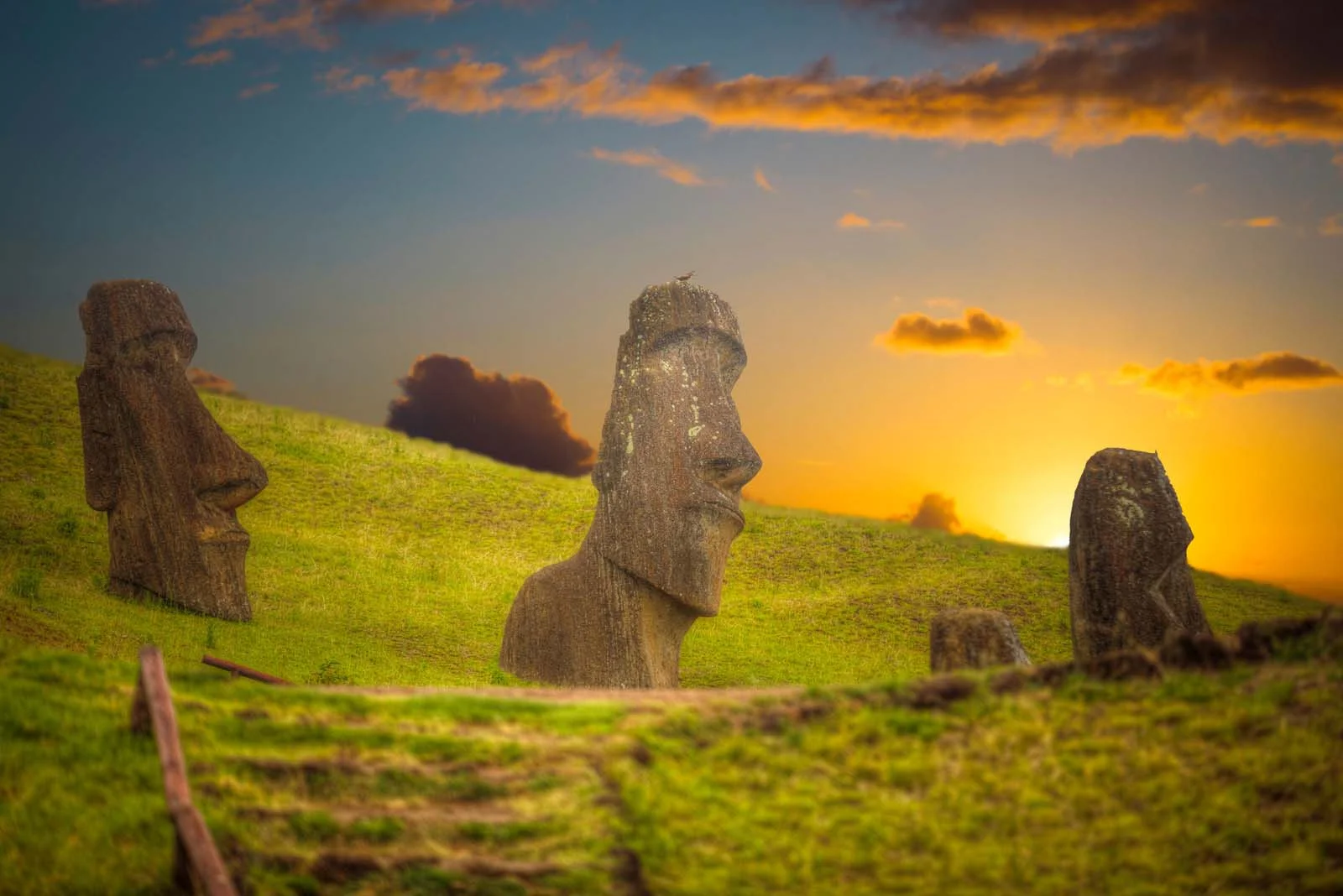
100 Days To The Next Solar Eclipse—A ‘Ring Of Fire’ From Easter Island | Travel News
When is the next solar eclipse? In the U.S., it will occur on Saturday, March 29, 2025, with a partial solar eclipse visible in the far northeast and parts of Europe. However, the next solar eclipse on Earth is on Wednesday, October 2, featuring an annular solar eclipse—a “ring of fire”—visible from the Pacific Ocean, Chile, and Argentina.
Table of content
Mysterious Moai
While the majority of the 8,800-mile (14,000-kilometer) eclipse path will traverse the open ocean, it will intersect with Rapu Nui (Easter Island), one of the planet's most remote and captivating locations. This island, renowned for its 1,000 moai—enormous monolithic basalt human figures sculpted between 1250 and 1500—is situated 2,300 miles (3,700 kilometers) from the Chilean coast.
Taking place exactly 177 days after April 8’s total solar eclipse in North America, this event will be witnessed by far fewer people. Whereas over 45 million experienced totality then, this “ring of fire” will be seen by a maximum of 175,000 people, as per Timeanddate. Rapa Nui’s population is just 7,750, and the path will cross very remote areas of Patagonia in Chile and Argentina.

Annular Vs. Total
This eclipse will resemble the October 14 eclipse, visible from parts of nine U.S. states, as well as Mexico, Belize, Honduras, Nicaragua, Panama, Colombia, and Brazil.
An annular solar eclipse differs significantly from a total solar eclipse. Rather than completely obscuring the sun, the new moon only blocks its center, creating a ring of light around the moon. This occurs because the moon is slightly farther from Earth, appearing smaller, and requires viewing through solar filters (eclipse glasses) at all times.
How To Get There
Though relatively few eclipse chasers travel to see annular eclipses, the opportunity to visit Rapa Nui makes this one exceptional. Several organized tours will take travelers to Rapa Nui, including AstroTrails, TravelQuest, Sky & Telescope, Eclipse Traveler, and Ring Of Fire Expeditions. Rapa Nui is a five-hour flight from Santiago, Chile. From the southern part of the island, the “ring of fire” will last about six minutes and 28 seconds while 67 degrees above the north, with 93% of the sun’s disk obscured. Eclipse chasers will likely gather at spots like Ahu Tongariki, Orongo, and Ahu Nau-Nau.
The “ring of fire” will also be visible lower in the sky from Chile (Cochrane and just south of Chile Chico) and Argentina (Perito Moreno National Park, Puerto Deseado, and Puerto).

When Are The Next Eclipses?
The next annular solar eclipse will occur on February 17, 2026, but it will only be visible from a remote part of Antarctica. Exactly one lunar year later, on February 6, 2027, a “ring of fire” lasting seven minutes and 51 seconds will be seen from Chile, Argentina, and Uruguay before crossing the Atlantic to become a sunset “ring of fire” from Côte d’Ivoire, Ghana, Togo, Benin, and Nigeria.
Following this, the next total solar eclipse will happen on Wednesday, August 12, 2026, and will be visible from parts of Siberia in Russia, eastern Greenland, western Iceland, and northern Spain.
